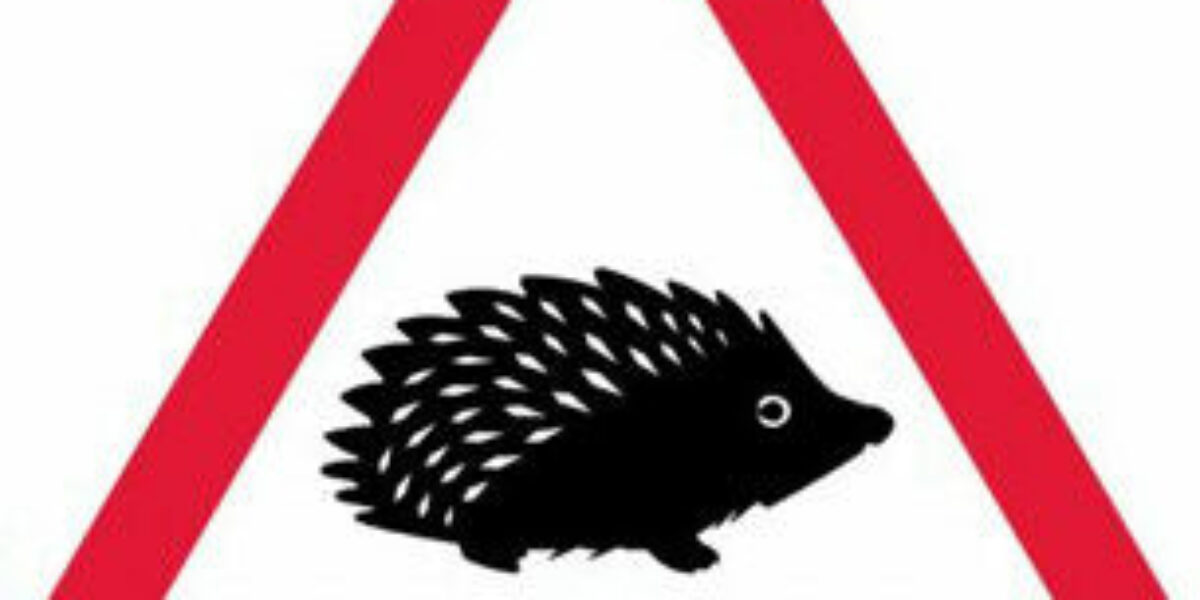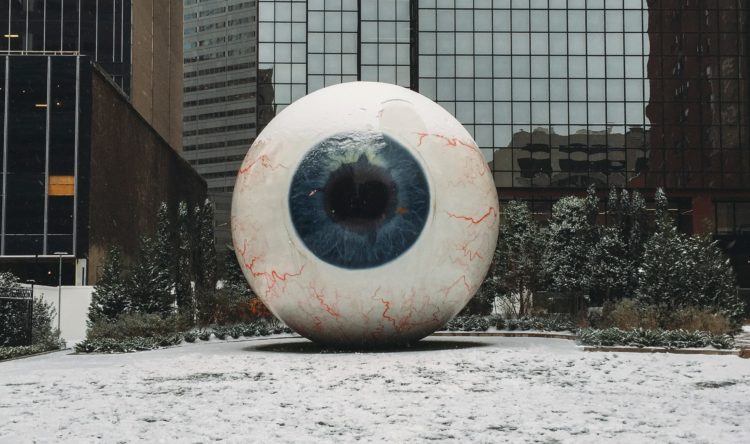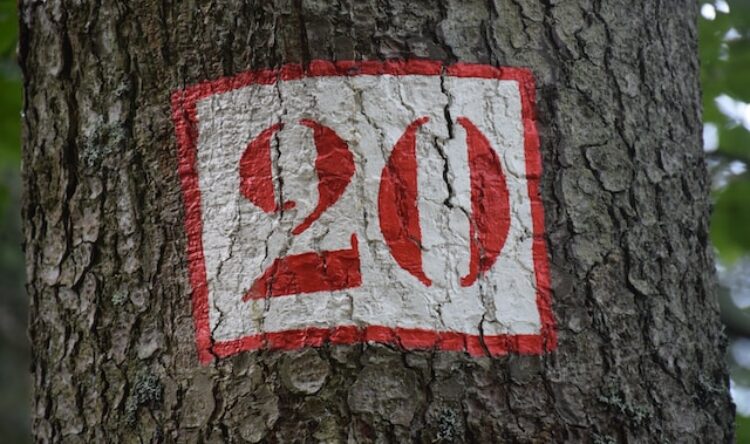Wildlife warning
Government moves to help roadside wildlife
Small animals could be better protected by new road sign rules.
The changes are designed to make it easier for local authorities to put up wildlife warning signs.
Sharper signing
The current hedgehog sign will be updated following feedback from the sector to make it clearer for drivers.
Rules are to be relaxed around the putting up the small wildlife warning signs. This should make it easier for local authorities to deploy signage when needed.
The DfT believes these changes will ensure warning signs are used when and where they are needed most. It cuts out the need to apply to DfT on a case-by-case basis.
Hands on efforts
Marking the change, transport secretary Mark Harper, visited Tiggywinkles Wildlife Hospital in Buckinghamshire. Here he a host of furry – and spiky – friends. A number of these are recovering from road accidents.
Touring the facility, he witnessed a hedgehog undergo surgery for a leg injury, ran a bath for hydrotherapy treatments, helped to weigh animals and witnessed one hedgehog pose in front of the new-look sign.
“It was an absolute pleasure to see behind the scenes,” said Minister Harper.
“These common-sense changes will lead to more small animal signs across the country, cutting down on bureaucracy to help protect both drivers and small animals, improving safety on our roads and making sure fewer casualties are checked into wildlife hospitals like these.”
Clear picture
As well as cutting the restrictive red tape preventing them being placed, the government has also refreshed the sign designs.
These are intended to improve clarity and make it more visible from a distance for all road users.
Hopefully they will help protect vital crossing routes for hedgehogs and other small animals, particularly on rural roads.
Hedgehog numbers have dropped by between 30% and 75% in rural areas since the millennium.
Road traffic is regarded as a major factor in the decline.
“A lot of the 14,000 animals admitted to us every year come in due to road traffic accidents,” says Colin Stocker, chief executive officer at Tiggywinkles Wildlife Hospital.
“Making motorists more aware of their presence, and encouraging them to be more cautious is a great step towards helping British wildlife.”






